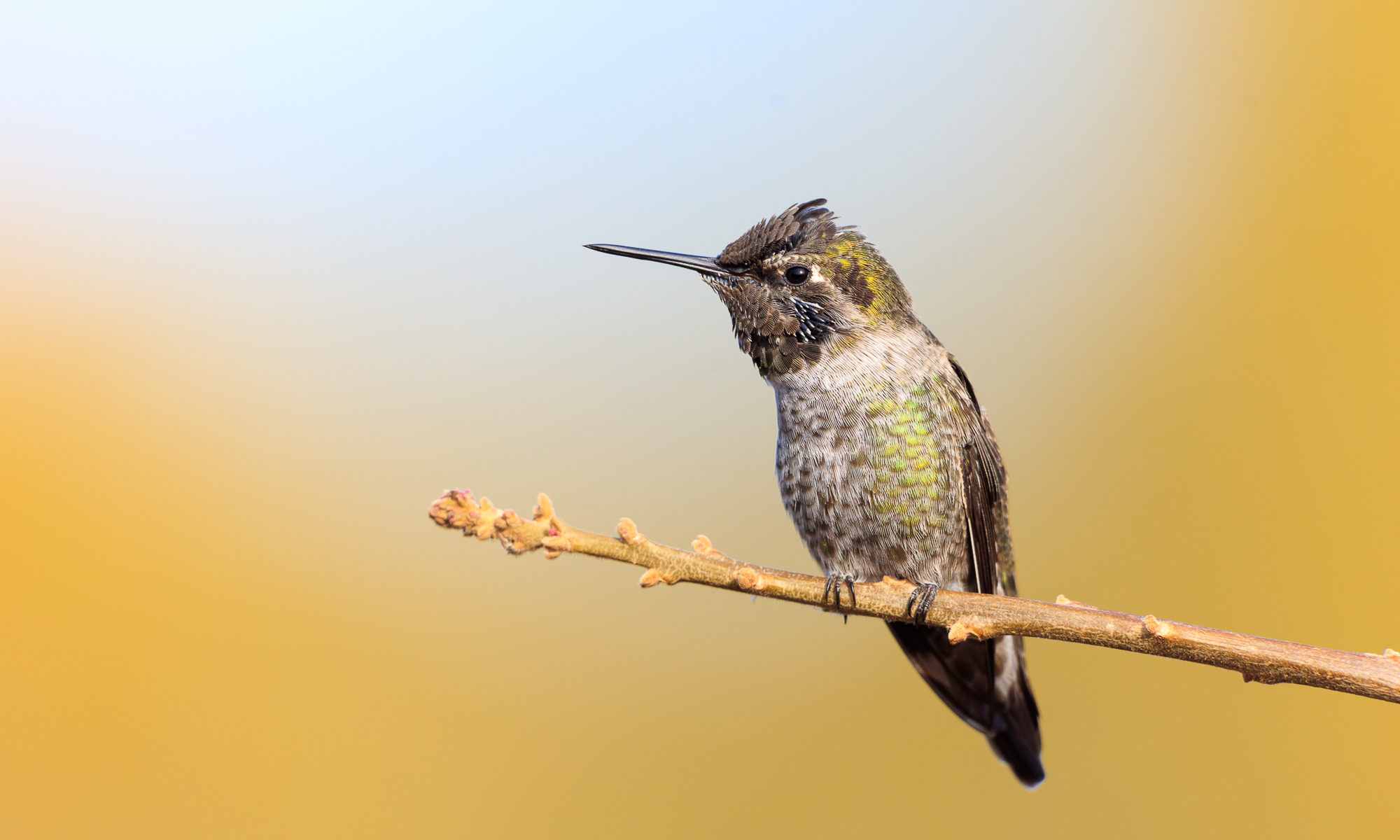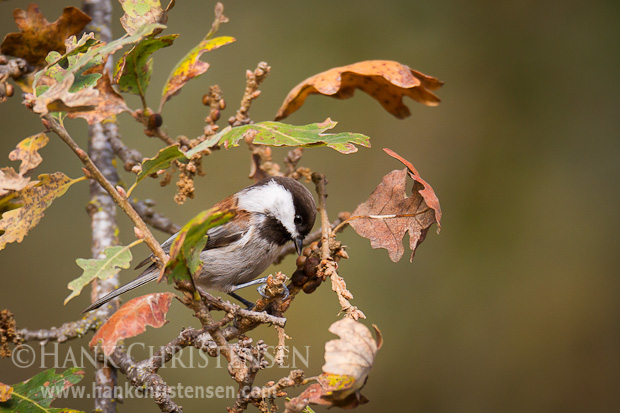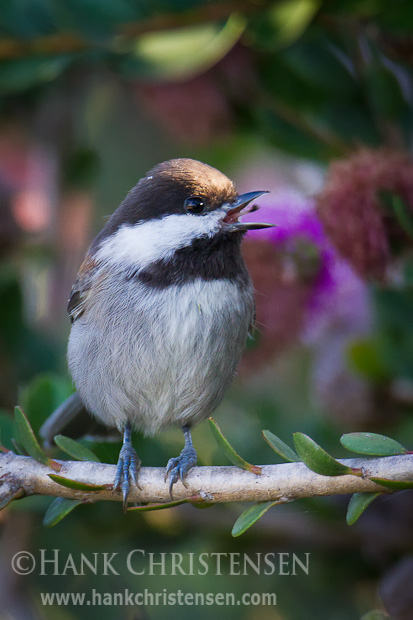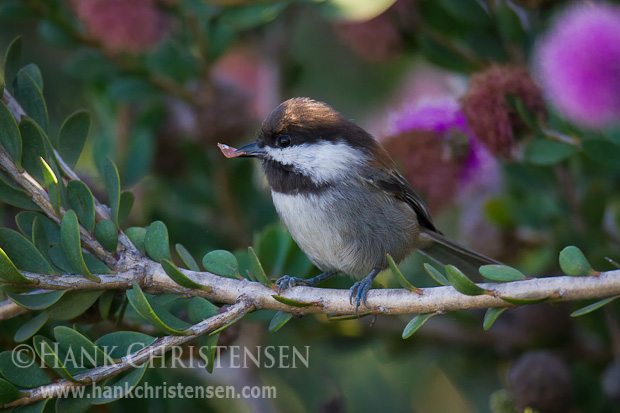After fussing between either upgrading my next landscape camera to either a Sony A7RII or a Canon 5DSR (I’ll cover that saga in a future post), I finally pulled the trigger and received my new Canon this weekend. While I’ll primary use this 50 mega pixel monster for large resolution landscape images (wall sized prints, anyone?), I wanted to see if/how it would handle (albeit simple) bird photography. After spending a half hour with it in my front yard, chimping on the rear LCD, I was blown away.

First of all, the auto-focus is fast and accurate – exactly what you’d expect from such an expensive camera. Maximum frame rate is low due to the huge image size, but that is not a concern with its intended use (my typical landscape frame rate is about 1 shot per minute!) The noise level looks better than my 7D Mk II, which is great given the pixel density of the sensor. All images in this post were shot at ISO 500 with no noise reduction – buttery smooth backgrounds.
But where this camera really shines is its gigantic 50 MP sensor – this largest ever released for a 35mm DSLR. Even better than just packing in so many pixels however, is the fact that at 1:1 zoom, the details are tack sharp. Below is a 1:1 crop of the above image.

As you can see, the details are extremely sharp. I’ve seen other sensors that look sharp right out of the camera, but once you zoom in to 1:1, the details are a bit mushy.
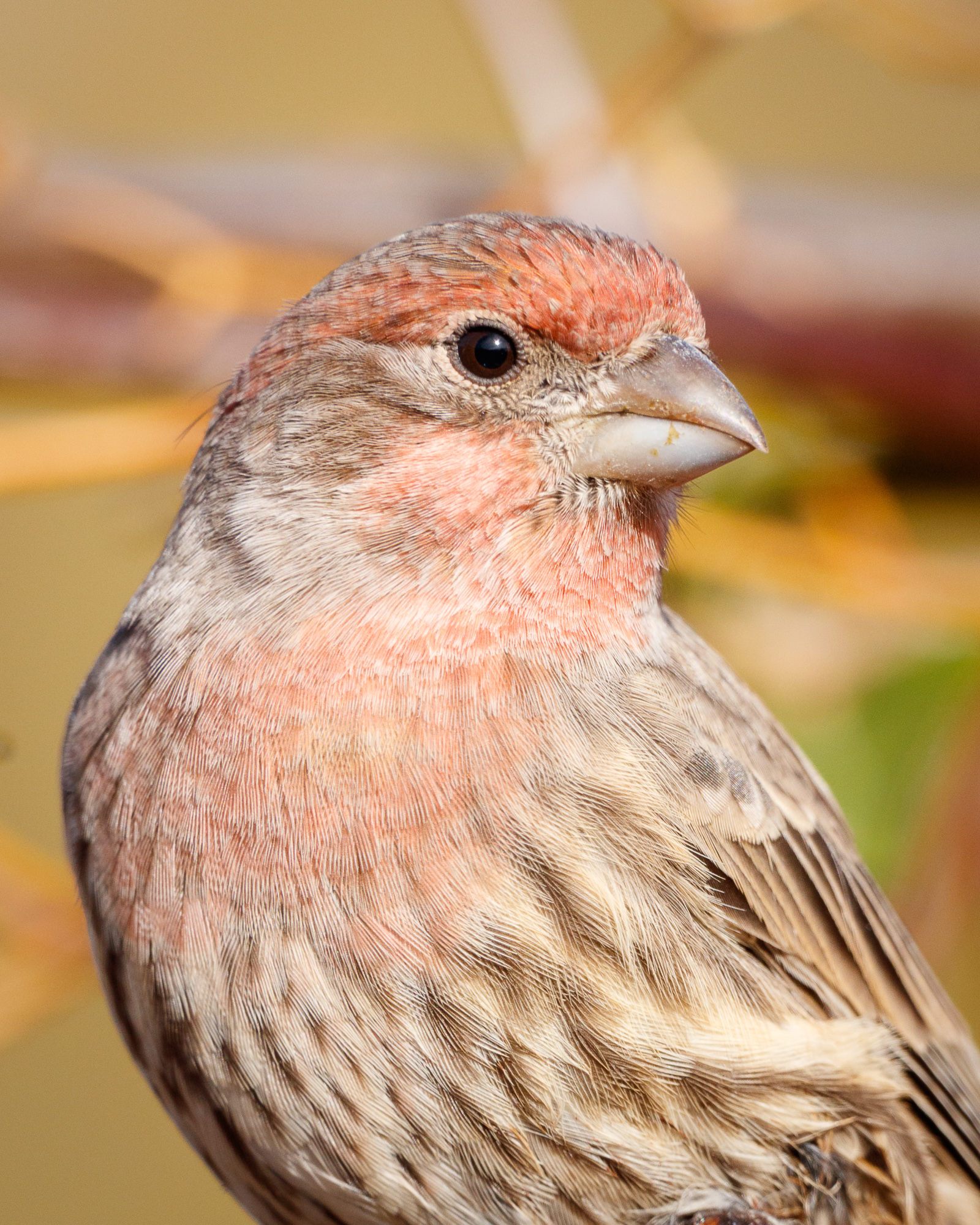
If I’m not concerned about printing wall size, the vast amount of resolution I have at my disposal opens up new cropping opportunities. Here I’ve included a few more yard birds I shot during my morning test. I’ve given each a massive crop to see what kinds of portraits I could create with these tiny birds, without having to shoot them with a macro lens (which would be nearly impossible with these fast movers).
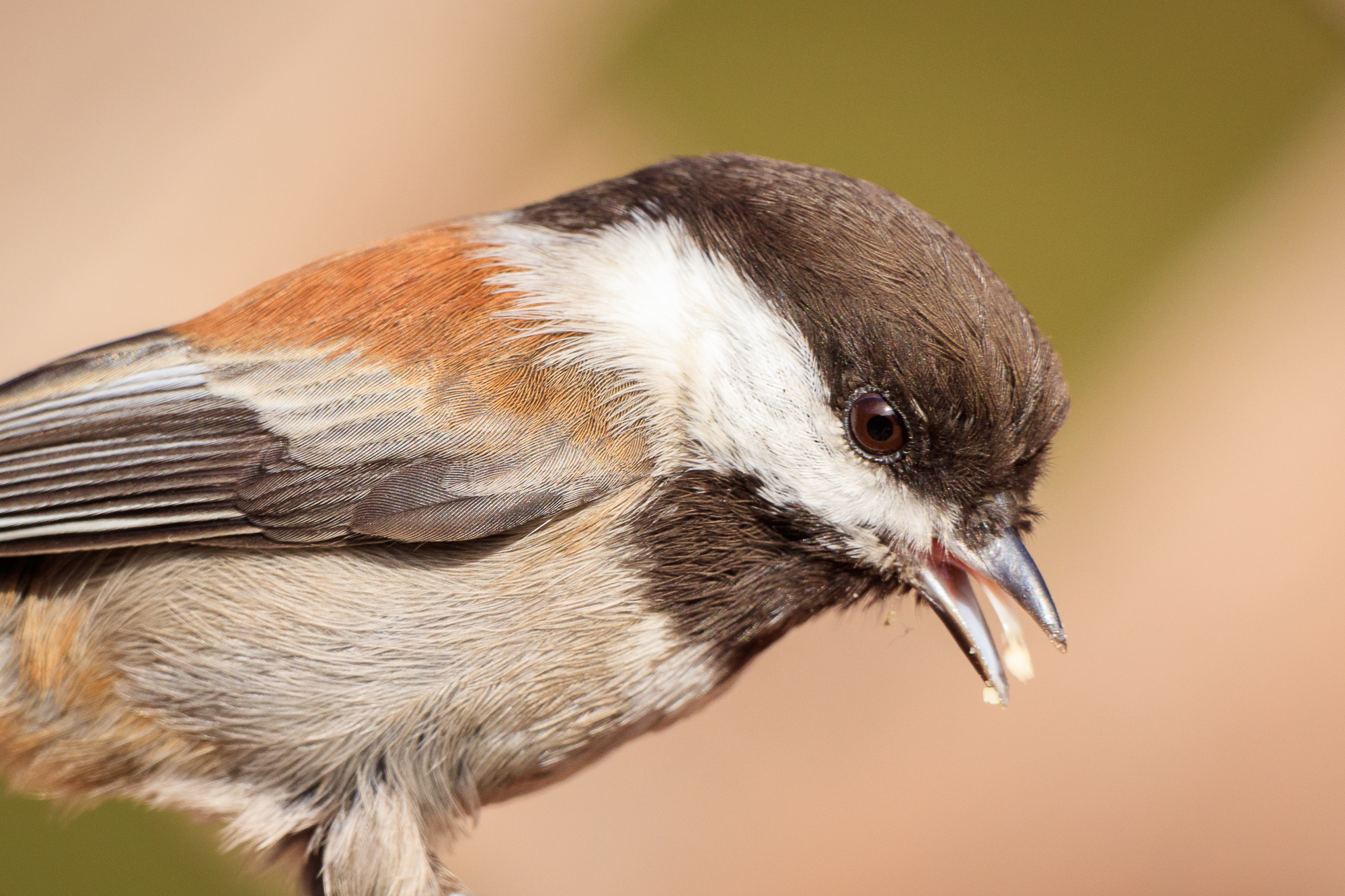
The main areas that will limit this camera as a great bird photography setup is a low frame rate and full frame sensor. But with patience and careful technique, it could produce some amazing results. I’ll see what it can pull off for birds in flight in the future.
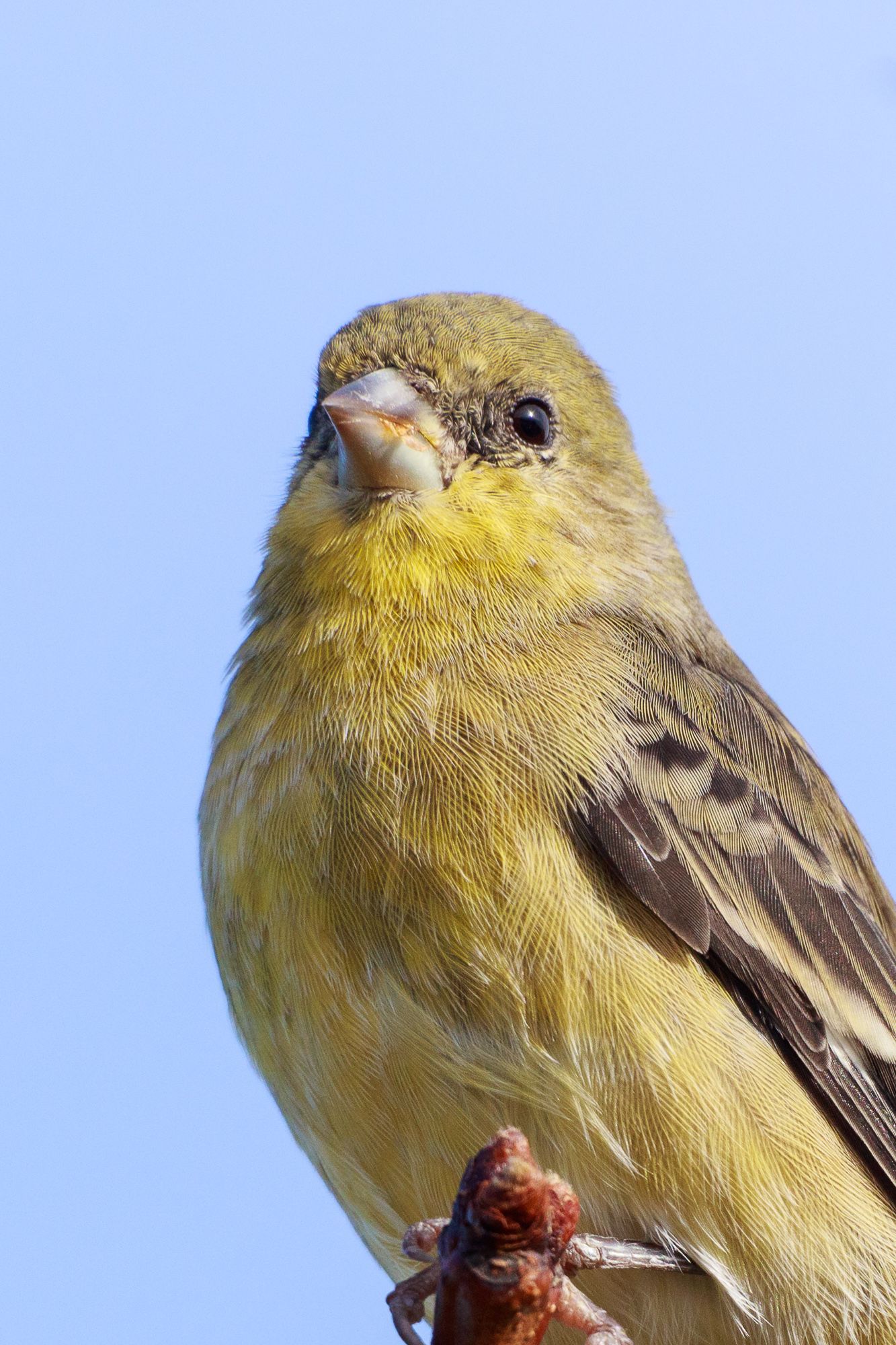
Previously I’ve only been able to get head-and-shoulder portraits with much larger birds. But these tests tell me that I’ll likely be bringing this camera along on my next bird shoot. It won’t replace my primary body for now, but if I come across a docile bird that lets me get relatively close, I’m definitely going to pull out my 5DSR and capture some of those insane details this camera is able to resolve.

